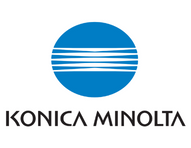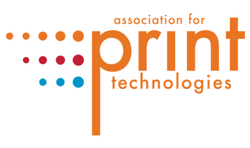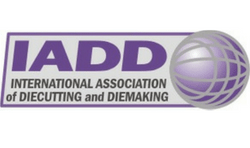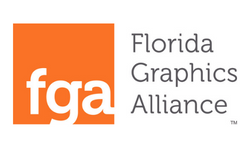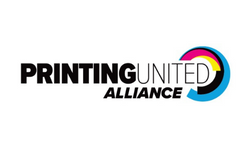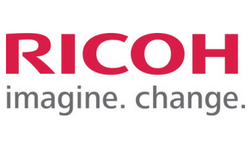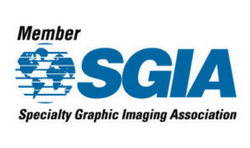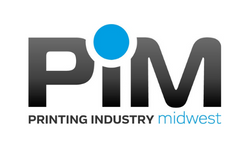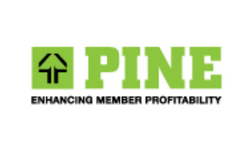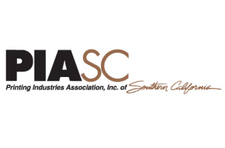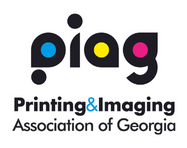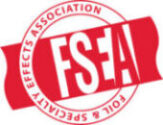A Funny Thing Happened on the Way to Production
By Noel Ward, Editor@Large, PrintPlanet
(article posted with permission from PrintPlanet)

Don’t you just hate it when you know you’ll have to send part of a job out? The printing part is OK because your AccGendigoh 300i or your Moriberger Sheetmaster is ready to go, but this job needs die-cutting and scoring that you can’t do in house. So you pick up the phone and call the shop in the next zip code that can do the work once you provide the printed sheets. As you dial, it occurs to you that you’ve been making this call a bit too often.
I used to do speaking gigs where I talked about the latest digital presses on the market. Then a funny thing happened on the way to production. People who had bought the presses started asking about finishing, a process that has been dragged kicking and screaming into the world of digital presses. I hadn’t exactly been ignoring finishing, but while I focused on print engines the finishing equipment got faster, smarter and a whole lot more capable. My bad for not paying closer attention. Now, many finishing devices can be automated and integrated into workflows from offset and digital presses alike. A good thing.
Small is good
Still, many well-developed finishing options can be one-trick ponies, which is fine as long as they fit your needs. Some become obsolete along with the press to which they are attached. So as nice as those may be, I’ve long been fascinated by some of the smaller finishing systems available. They are versatile, productive and affordable—traits that can make them money makers which is good because everyone likes a fast ROI. Being mechanically inclined, I like being able to look at a machine and figure out what it does and how it works. Some systems are still too much of a black box, while time-honored processes like steel-rule dies require artisan-level skills from the get-go.
In contrast, rotary dies are simple in both concept and in operation The process involves a die or pair of dies on a set of rotating cylinders. The cutting, perfing or whatever is done as the sheets are passed between the dies at whatever speed the machine is running. “Rotary die cutters need less pressure and are generally faster than steel-rule cutters,” explained Doug Sherwood, National Sales Manager at Rollem. Magnetic rotary die cutters utilize ‘etched’ dies that are more precise and do not require the make-ready steps that comes with steel-rule cutters. This is especially important these days because many print business employees now come in the door needing more than a little on-the-job training. Ease-of-use has become an essential feature of much of the equipment on a print shop floor.
“The big attractions are ease of set up and not needing experienced operators,” said Sherwood. “This lets shops that might not have offered die-cutting to add the capability—and the revenue. Rotary dies don’t require the level of training and acquired skill needed to use steel-rule dies. Once someone is trained, set-up can take about 10 minutes.”
I got that but I still wanted to know more about the business side of the story. Are printers making money by adding die-cutting? Is it adding capabilities? Sherwood said Rollem’s Insignia line is opening doors in shops that had previously not offered die-cutting or had farmed it out to another shop.
So, I wondered, what do customers say? Erich Schlarb, owner of The Voom Group in Plano, Texas has both digital and offset presses and does short and long runs every day. “After having it for two years, my only regret is not buying it sooner,” he says. “We have runs that last for days and have small digital jobs that we run daily using four different sets of dies, that we usually get through in about 30 minutes.”
A Page from Flexography
Rotary cutting is hardly new and takes a page from flexographic presses where inline die-cutting is commonplace. But making it work for offset or digital sheetfed jobs, especially in relatively short run lengths can be a big deal for many shops today. Depending on the Insignia model, sheets from 20″ x 15″ to 30″ x 40″ roll through the press to be scored, through-cut or kiss-cut as they pass through a rotary die. And, the entire line can handle sheets as small as 8″ x 8″. The action happens where the dies live on the upper and lower cylinders on the machine. The upper one is always magnetic and houses a flexible, CNC-machined die from suppliers like Atlas Dies or RotoMetrics. The lower cylinder can be a corresponding magnetic cylinder or a solid, hardened anvil cylinder. The dual magnetic configuration requires a paired set of male and female dies, while a single magnetic set-up will use a single die cutting against a lower anvil cylinder. Dies can be easily and compactly stored, more like a collection of CDs than the panels of lumber needed for storing steel-rule dies.
The dual magnetic system is common for packaging products, folding cartons or presentation folders, while a single magnetic system is best for flat shaped products, or pressure sensitive scoring, embossing or kiss-cutting. Both configurations can be run in-line with a folding/gluing unit for single-pass production, utilizing a single operator for short- and long-run jobs. This flexibility is where these rotary cutters can be appealing to print providers seeking to add value to their business, better utilize existing staff, or limit increases in head count.
A paired set of flexible dies is mounted onto the cylinders using a pin mounting system to ensure accurate alignment. Micro adjustments of the upper magnetic cylinder can be made to ensure optimal alignment of the male and female flexible dies with one another. Single magnetic machines utilize a recessed line when mounting flexible dies, enabling an operator to adjust the die tool on the cylinder when needed.
OK, I know you may have an inline die-cutting unit or a machine that runs next to your offset and digital presses. Some are older (and may be paid for) but it’s worth asking yourself and your pressroom crew how well the older die-cutters align with the needs of your shop. Can you reliably get the dies and service you need? Do they create a bottleneck in production? What I like about the Insignia machines is the speed and flexibility they provide because these can help keep more jobs in-house. Sure, developing a library of dies requires an investment (deductible and amortizable), but once you have a library of dies these machines can produce common items like door hangers, presentation folders, folding cartons, hang tags, ID cards and the myriad of jobs that require come kind of die-cutting as well as unique direct mail pieces. These days, the range of products can even include face shields, thanks to the heavy-duty capability of the Insignia machines. And no matter what is cut or trimmed, Insignia machines automatically strip and remove the waste material.
We all know that not all print providers will emerge whole and healthy from this economic slowdown. Being able to do more and add value for existing and new customers can help ensure you are able to meet the challenges of the years ahead. And because the finishing touches of production can make the difference in both productivity and success, having more in-house capabilities can help your business move forward and put more money on the bottom line. “The fast setup and low operating cost has allowed us to capture new business that we would not have been able to handle before bringing die-cutting in-house,” said Voom Group’s Schlarb.

